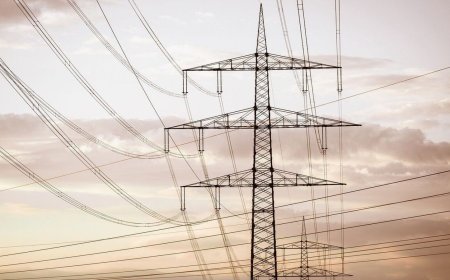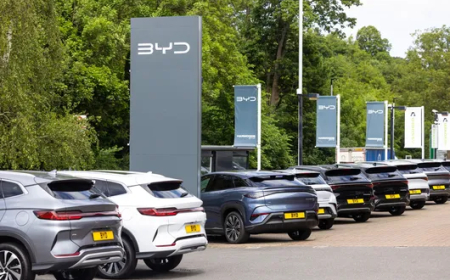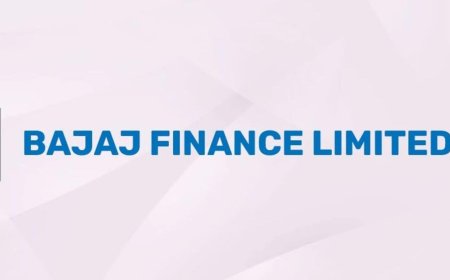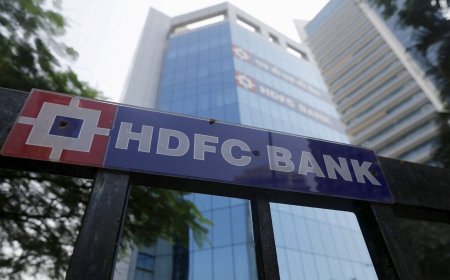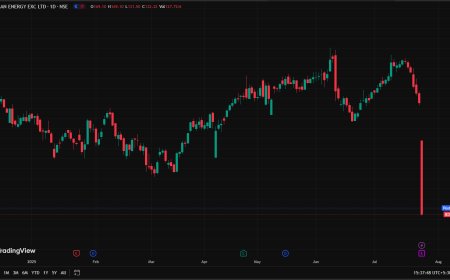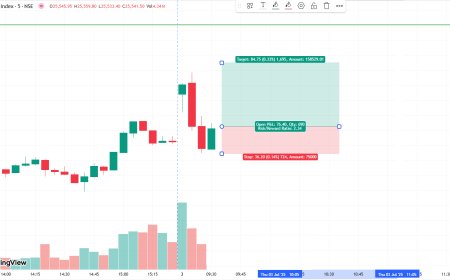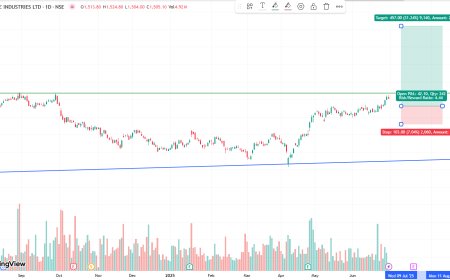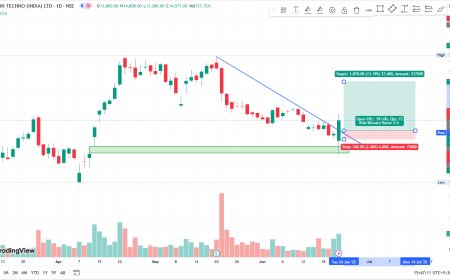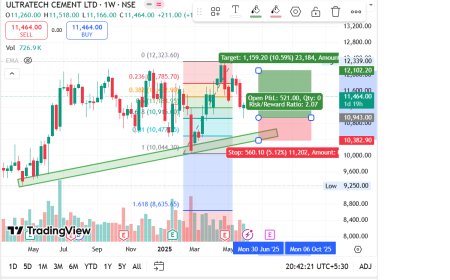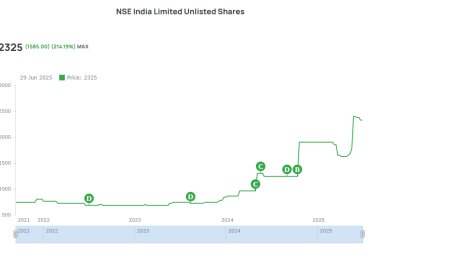Canara Bank CEO Expects Corporate Loan Growth Surge in H2 FY26
Canara Bank anticipates a sharp rebound in corporate credit demand in the second half of FY26, driven by infra, capex, and rising economic momentum. CEO shares optimistic growth outlook.
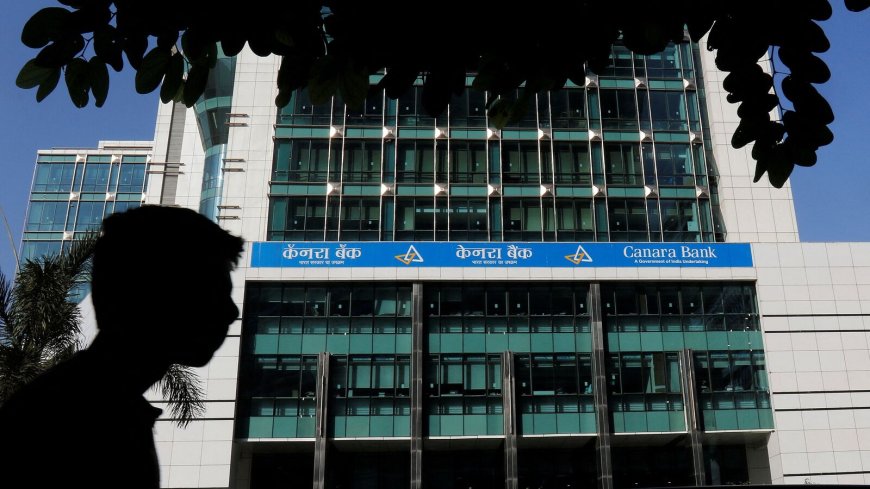
Canara Bank CEO Expects Corporate Loan Growth to Pick Up in Second Half of FY26
Introduction: Optimism Returns to Corporate Credit
Canara Bank, one of India’s leading public sector lenders, is painting a bullish picture for the second half of the financial year 2025-26. In a strategic statement that reflects both macroeconomic optimism and sector-specific foresight, Canara Bank CEO K. Satyanarayana Raju indicated that corporate loan growth is set to gather momentum in H2 FY26, riding on a wave of revived capital expenditure, infrastructure investments, and increasing private sector confidence.
This optimism marks a pivotal transition for India’s banking sector—where retail credit has long been the growth engine, corporate lending is now poised for a robust comeback.
Current State of Corporate Lending: Recovery in Sight
While banks in India have seen double-digit growth in retail and SME credit, the corporate loan book has remained tepid, largely due to post-pandemic overleveraging, delayed capex cycles, and rising global interest rates. However, signs of a turnaround are emerging, and Canara Bank is positioning itself at the forefront of this expected wave.
According to Raju, corporate loan demand is already improving marginally in Q1 and Q2 FY26, and the real uptick will likely be visible post the festival season and once national election-related policy clarity strengthens investment sentiment.
Why H2 FY26? Timing the Credit Cycle
The rationale behind the H2 FY26 forecast is rooted in several key factors:
1. Infrastructure and Capex Revival
Government-led infrastructure projects—particularly in transport, railways, defence, and green energy—are already under execution. As disbursements accelerate, demand for working capital and term loans is expected to jump significantly.
2. Economic Stability and Political Clarity
With the general elections out of the way by mid-2025, businesses are expected to resume pending capex with a clearer picture of policy continuity and reform trajectory.
3. Lower Interest Rate Trajectory
Global interest rate trends are beginning to ease, and the Reserve Bank of India may follow suit in FY26. Lower borrowing costs are a natural catalyst for fresh corporate loan activity.
4. Sectoral Credit Appetite
Sectors such as steel, cement, logistics, EV manufacturing, and semiconductors are eyeing expansion, and many have lined up debt-financed capex plans contingent on favorable economic conditions.
CEO's Statement: A Vote of Confidence
“We are witnessing early signs of a broad-based pick-up in corporate loan queries. Actual disbursements are expected to significantly improve in the second half of FY26,”
— K. Satyanarayana Raju, CEO, Canara Bank.
Raju further added that the bank has already enhanced its corporate underwriting and credit appraisal teams, and is in active talks with several large and mid-sized enterprises for infrastructure-related credit lines.
Canara Bank’s Corporate Lending Focus Areas
Canara Bank has identified four key sectors as core to its corporate lending strategy in FY26:
-
Infrastructure and Logistics – Ports, highways, multimodal logistics parks
-
Green Energy – Solar, wind, EV charging infrastructure
-
Manufacturing – Capex for new industrial corridors and PLI scheme beneficiaries
-
Commercial Real Estate – Selective lending in affordable housing and commercial IT spaces
The bank has also set up a special committee to fast-track project finance approvals in these sectors, aiming to improve turnaround time and competitive positioning.
FY25 Performance Snapshot: Building a Base
Canara Bank ended FY25 with a total advances book of over ₹9.45 lakh crore, showing a 13.4% YoY increase. However, the corporate loan segment contributed modestly to this growth, with retail, MSME, and agriculture segments leading the pack.
Raju acknowledged this imbalance but termed it as a strategic insulation from high-risk exposure post-COVID, adding that the bank is now ready to rebalance its loan mix with a renewed focus on corporate credit.
Sector-Wise Demand Trends Emerging
Early indicators from industry consultations reveal that:
-
Steel and cement firms are preparing for second-phase expansion plans
-
EV players are ramping up capacity ahead of expected demand surge
-
Logistics firms are upgrading fleet and warehousing capacity
-
Hospital and healthcare chains are investing in pan-India expansion, particularly in Tier-2/3 cities
All of these require institutional lending—and Canara Bank aims to capitalize on this emerging appetite.
Risk Management: Lessons from the Past
While Canara Bank eyes growth, it isn’t ignoring risk. Raju emphasized that the bank has beefed up its risk assessment frameworks, particularly for large ticket corporate loans.
Recent asset quality metrics reveal a decline in gross NPAs to 4.24%, and net NPAs are now below 1.2%—an outcome of prudent provisioning and better monitoring.
Raju said the bank will continue risk-based pricing and will avoid exposure to sectors with historically high default rates unless strong counter-guarantees or collateral are in place.
Digital Lending Integration: A Game Changer
To drive agility, Canara Bank is rolling out AI-based credit assessment tools in its corporate loan vertical. These tools will:
-
Reduce human bias in approvals
-
Improve borrower profiling
-
Automate due diligence using GST, income tax, MCA data integrations
-
Track real-time project progress and fund usage
Raju believes that digital transformation will be a key enabler in onboarding more creditworthy borrowers while ensuring portfolio hygiene.
🇮🇳 Broader Implications for India’s Banking Sector
Canara Bank’s bullish stance isn’t in isolation. It mirrors a broader shift in Indian banking where public sector banks are shedding their conservative approach and actively chasing growth.
Private players like ICICI Bank and Axis Bank have already upped their corporate credit disbursals in Q4 FY25. The public sector catching up is a healthy sign of competitive parity.
Analysts expect industry-wide corporate credit growth to hit 12–14% in FY26, up from 8.5% in FY25. PSU banks may even outpace private banks due to better treasury positions and government project exposure.
Expert Take: Analysts Weigh In
“Corporate capex revival is no longer a hope story—it’s now just a matter of time. Banks like Canara with a strong capital base and better NPA control are well positioned,”
— said Anish Shah, BFSI Analyst, HDFC Securities.
“The second half of FY26 will mark the inflection point for India’s investment cycle, and public sector banks will see improved margins,”
— noted Renu D’Souza, Director at CARE Ratings.
Outlook for FY26: What to Expect
Here’s how Canara Bank is setting its FY26 roadmap:
-
Targeting 15–17% growth in corporate loans
-
Aim to maintain GNPA <4% with <1% net NPA
-
Integrate AI in credit decision workflows
-
Focus on infra, green energy, and manufacturing
-
Maintain healthy CASA ratio to manage cost of funds
If macro conditions remain favorable, Canara Bank could become a bellwether for PSU-led corporate credit expansion—a move that could significantly boost the economy.
Betting on the Second Wind
As India stands on the cusp of an investment-led growth cycle, banks like Canara are preparing to shift gears. With retail saturation setting in and SME credit reaching maturity, corporate lending is poised for a second innings—and this time, it might just be more disciplined, digital, and growth-oriented.
CEO K. Satyanarayana Raju’s confident forecast is not just a bank’s outlook—it’s a bellwether of India’s next financial story.
What's Your Reaction?
 Like
0
Like
0
 Dislike
0
Dislike
0
 Love
0
Love
0
 Funny
0
Funny
0
 Angry
0
Angry
0
 Sad
0
Sad
0
 Wow
0
Wow
0


